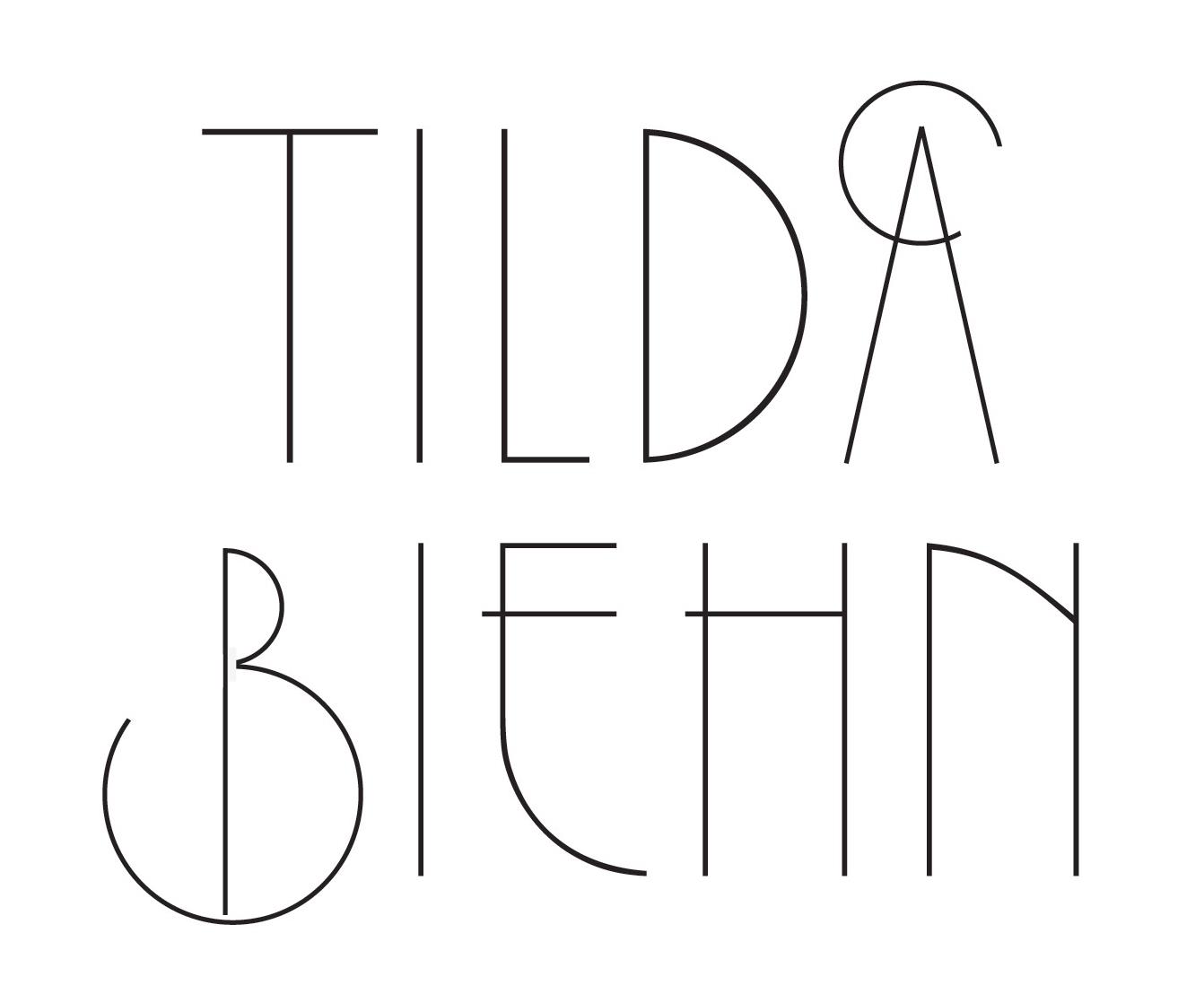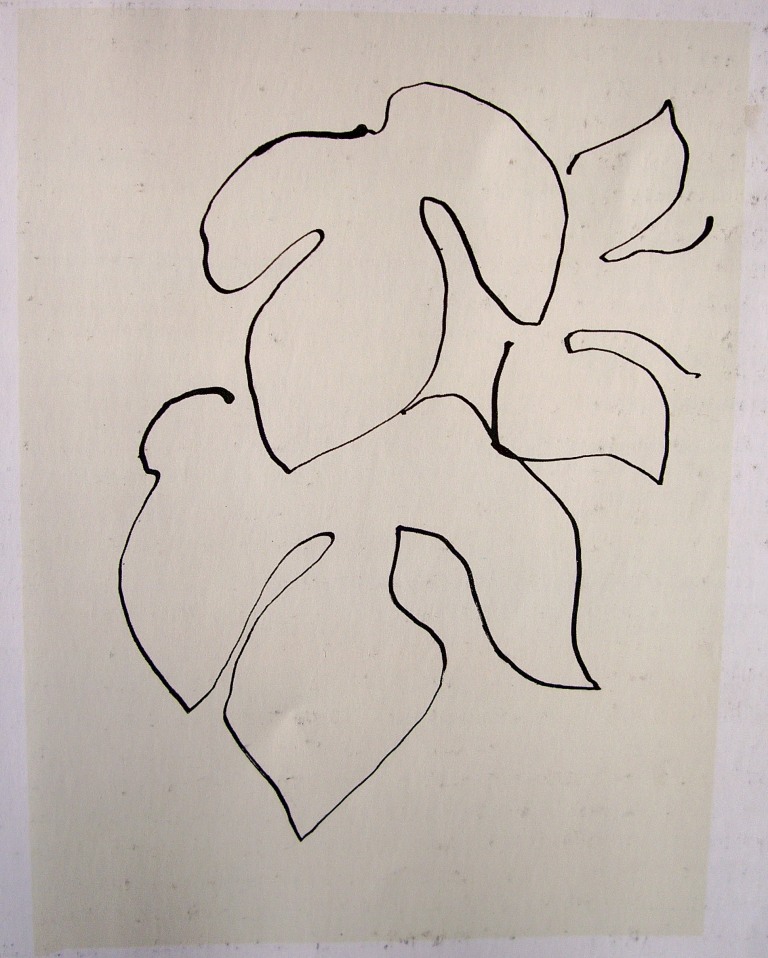There are certain things I feel very strongly about in this world; gold is objectively the best material, bicycles are dangerous creatures who can never be trusted, and paprika must always be kept in the fridge. As the daughter of a good Hungarian girl, I have a plethora of carefully marked paprikas in the door of my fridge (there are eight varieties). I use them in just about every recipe - especially those that call for none at all. Though even I can admit paprika is often best in heavy stews, or dishes that take hours to bake: things that I would hate to cook once the temperature hits the mid 80s.
So right around the time I switch from hot coffee to cold brew, I start using all that paprika for liptauer. Mountains of liptauer. It’s the perfect thing in the summer heat - a mound of cheese and spice that works as an easy appetizer, picnic snack, late night munchie. My grandmother made it as an elegant starter for summer events, and usually mine starts out that way too: carefully presented with lovely ice cold veggies to dip in it. But if there’s anything left after my friends have gone, it becomes the perfect fridge snack, eaten straight from the bowl with whatever shard of bread I have lying around.
I think you’ll like this too, so I wanted to share the recipe. Though anyone who’s watched me cook knows I’m not much for measuring. When it comes to spices, I’m as interested in the mix of colors as I am in the specifics of their flavors. I suspect I’m not alone in my aversion to the measuring cup… so if you want to give this one a go, I have faith that you can work it out.
Ingredients:
one cup or so of farmers cheese
a few good scoops of sweet paprika (csemege paprika if you can find it)
one tablespoon of caraway seeds, crushed
a scoop of capers
a good handful of chives
a few sprigs of parsley
one tablespoon(ish) of dijon mustard
your best salt
To serve:
the prettiest radishes you can find
Chop up the chives, parsley, and capers. Mix all ingredients together! If it’s not a bright pinky orange, add more paprika until it is. Slice up your radishes, sprinkle the whole lot with salt, and serve alongside an ice cold wine.
































